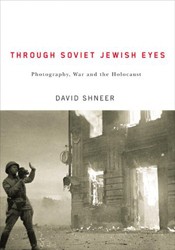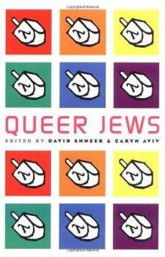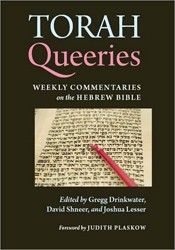This book examines the intense effort, supported by the new Soviet state and the involvement of many secular Jews, to create a dynamic culture for the masses of Soviet Jews, who were to become new Soviet men and women who just happened to speak Yiddish. The traditional Jewish shtetl culture of the economically moribund small market towns would have to be suppressed in a conscious act of creative destruction, making way for the energetic new Communist reality.
David Shneer looks particularly at Soviet Yiddish language politics, publishing and writers in the first Soviet decade. The career and works of the poet Izi Kharik reveal both Soviet Jewish ambivalence toward the destruction of shtetl culture and tribute to the new Jewish and Soviet society being constructed. This book’s focus is on the dynamic period of growth in Soviet Yiddish culture, although the catastrophic toll of the great purges of the 1930s and the Second World War, as well as the anti-Jewish cultural genocide inflicted in Stalin’s last years (1948 – 1953), are not far off-stage. Biblio., index, notes, photographs.





